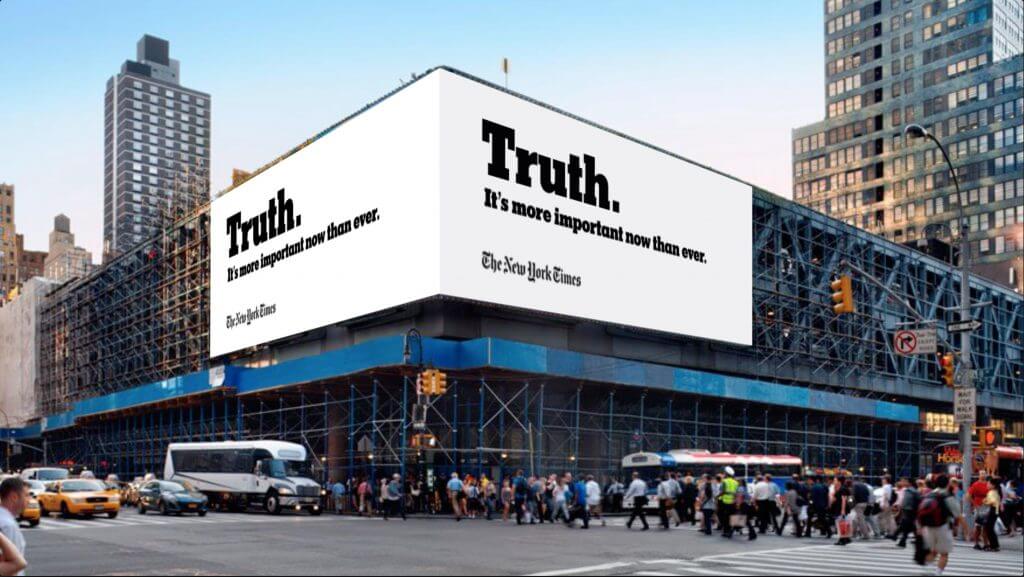"What is this story about?" - When I ask this question, I usually get an answer along the lines of: "It's about a young woman* who takes the train to Manhattan every day and watches a house ..." That's what people say about films and books, that's what's on TV programmes, that's how Amazon and Wikipedia descriptions begin.
That is widespread. But wrong. "The young woman on the train to Manhattan ..." - that is the plot, but that is not what the story is about at all. Yes, every story has a plot, but not every plot is automatically a story.
The plot, that is the track on which the story comes along, how you tell it - preferably in an exciting way. The story, that is, what a story is really about, that is the theme. These are the values around which everything is built.
Story, these are the values that are threatened, that a main character has to stand up for, that she grows and learns from. And we with her. Story, that's the hook that you unconsciously get caught on, because it's also about your values.
A storyline can certainly be fun. But only story can create real impact. Chewing gum is fun, but not even the perfect giant bubble sugar bomb can feed us. A plot without a story, that's empty calories in storytelling. Plop!
Advertising regularly confuses plot with story. You too?
Mistaking the action for the story - that's what most companies and brands do too. And they spend vast sums on advertising campaigns without any nutritional value for the brand.
Often you see really good ideas, no doubt. Often even packaged in excellent realisations, no question about that. Yes, awareness is created (although it is usually already there anyway), emotion and sympathy are also involved. But activating the brand values? Wrong! A bad investment.
This is where your radical rethinking must start, then a powerful connection between your brand and your customers will emerge.
It's not about the product. It's about meaning.
For over 150 years, since professional advertising was invented, we have learned and done nothing else but tell people about our products, services and benefits. Push, push, push. With vigour and with success.
What most people have not understood, however, is that the world has changed. It's really no longer about products. It's about meaning. Just as a film is not about the plot. The story of a film is what makes it meaningful to us.
Meaning transforms products into branded items. Meaning creates the added value for customers and the higher price. Spend 25 euros on an MP3 player and you can listen to music. Add a good hundred euros and you can listen to music with an iPod. So meaning can even be measured. In money, among other things.

Newspapers deliver news, the New York Times activates the meaning: truth.
Find the meaning of your brand, then you have the perfect brand story.
What is the best thing for you to do? Find the core value of your brand, that one mysterious word. Find, not er-find ...! It exists, guaranteed. Sometimes it is well hidden, often in your founding dream. Sometimes your customers tell you. CSI Brandstory is the name of the game.
What is the great longing you share with your audience? At the New York Times, it's truth . A good move, by the way, to claim an essential core value of the entire industry right away.
This also works on a smaller scale, for example with the martial arts brand Shinergy . The philosophy behind this unique method is: "Free yourself from the many struggles of everyday life. The opponent is yourself, the solution too."
Shinergy looks like self-defence, but it isself-liberation.
If you have found this one value, this longing, this word, then you also have the perfect drive for your brand story. You can then package and distribute it in different applications, implementations - yes: actions. Then the traditional annoying push of advertising turns not only into storytelling, but into a magnetic pull of story sharing.
Does this work for companies of all sizes. Of course.
Does that also apply to B2B? Of course.
But it's not always easy to develop. It takes heart and soul, curiosity, inspiration and courage. That's why there aren't really many good brand stories. But if you have one, you've hit the bull's eye.
And if not? Well, what did my grandma, old Story Dudette, embroider in her favourite upholstery? "No Story. No Glory."
By the way, have you seen the film/read the book? You should! The novel "The Girl on the Train", was written by Paula Hawkins, the screenplay for the film was written by Erin Cressida Wilson, directed by Tate Taylor. A gripping story about reproach and guilt, deceit, lies and truth(s) ...
Cover photo: girl with bubble gum Danil Nevsky
Out of Home Ad From The New York Times' 'The Truth Is' Campaign ©NewYork Times
